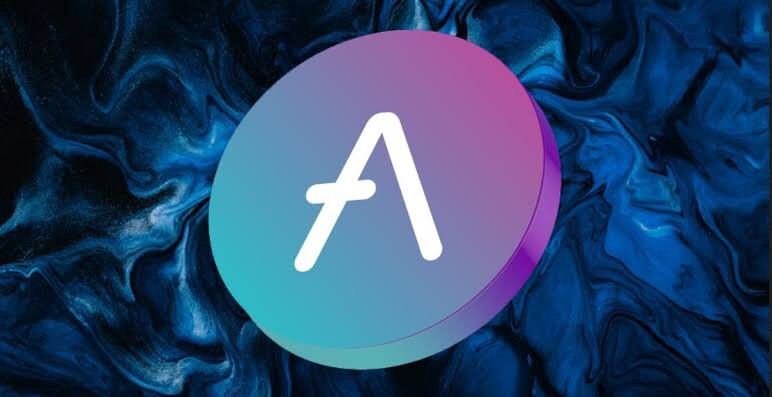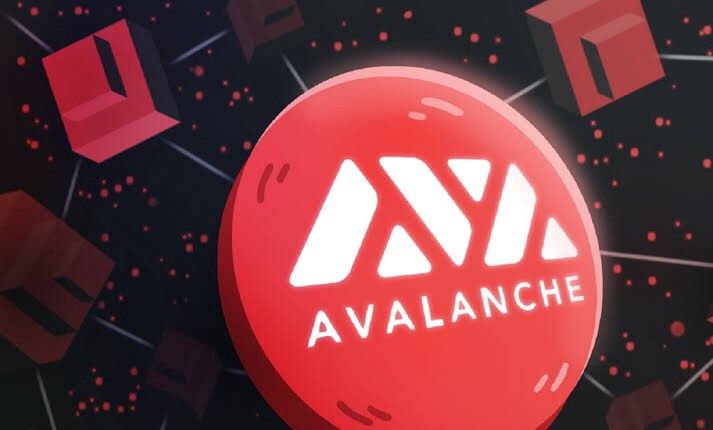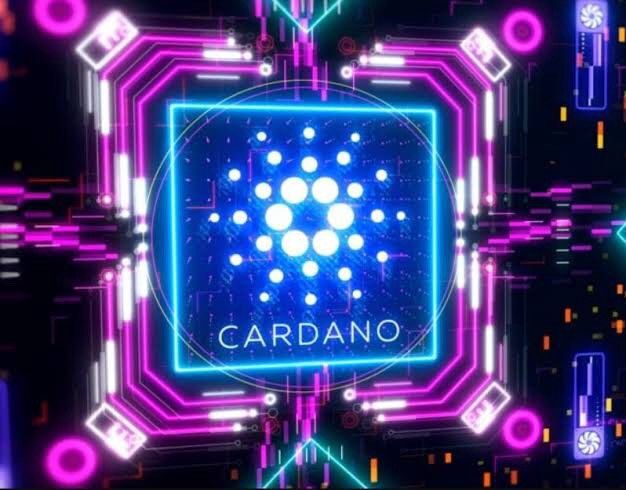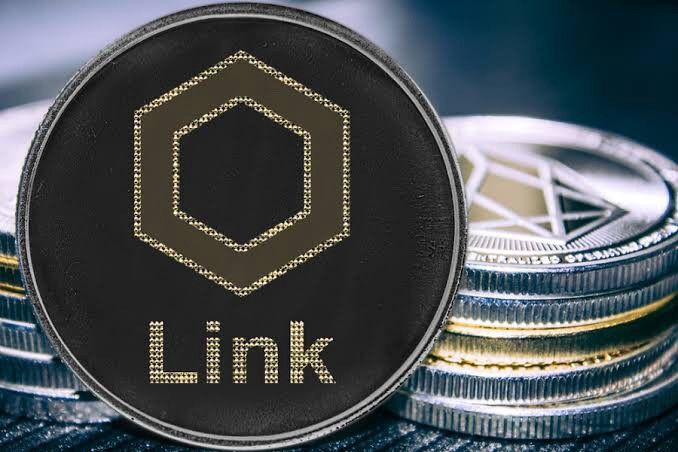DeFi: Top 5 DeFi Projects We’re Watching In 2022 and How To Trade Them On BitYard

Fast-growing decentralized finance industry could be about to get a rude awakening. Decentralized finance, or “DeFi” as it’s commonly referred to, is a trend in cryptocurrencies that first started gaining traction in 2020.
If you watch the financial markets, you might have heard the words “decentralized finance,” or “DeFi,” pop up frequently.
The blooming peer to peer crypto network is becoming a standard part of a divergent crypto collection, grabbing the attention of traders and millionaires alike. Sounds exciting right? Yes! It does.
But what is it exactly?? And what makes DeFi different from every other crypto you know?
What is DeFi?
DeFi — the biggest, hottest, most rewarding and risky part of the blockchain revolution.
DeFi is a peer-to-peer (P2P) financial service that has little, if anything, in the way of intermediaries.
In some ways, it is the purest form of blockchain. Blockchain technology began with the bitcoin white paper written by the anonymous Satoshi Nakamoto. Its first line describes bitcoin as a “purely peer-to-peer version of electronic cash [that] would allow online payments to be sent directly from one party to another without going through a financial institution.
”In other words, no bankers, no credit card issuers, no payment processors, really no financial middlemen at all. At least in theory.
The world of DeFi is getting bigger every day, but there are a few projects we have our eyes on for 2022.

Aave (AAVE) is an Ethereum token that powers Aave, a decentralized non-custodial money market protocol where users can participate as depositors or borrowers. Depositors provide liquidity to the market to earn a passive income, while borrowers are able to borrow cryptocurrencies in exchange for paying a variable interest rate, with an estimated Market Cap of $3.7B.
Aave (AAVE) was released in november 2017.
How it works.
The Aave protocol facilitates the creation of lending pools. If you want to lend some of your crypto, you can deposit it into a pool. Anyone who wants to borrow deposited assets can draw from Aave pools as long as they provide sufficient collateral.
To help users take advantage of arbitrage opportunities (where a crypto might be valued higher on one exchange than it is on another) and maximize profits in the DeFi ecosystems, Aave also provides flash loans. These loans require no collateral and are settled instantly. The condition is that the borrowed amount needs to be paid back within the same transaction, along with a 0.09% fee, or the whole process will be cancelled and no funds are borrowed.

Avalanche describes itself as an open, programmable smart contracts platform for decentralized applications. AVAX is used to pay transaction fees and can be staked to secure the network. Avalanche. is compatible with Solidity, Ethereum’s programming language, and can be used to deploy custom private or public blockchains as “subnets.”
Estimated Market Cap: $28.2B.
How it works.
Like Ethereum, Avalanche can power a wide variety of applications like stablecoins, DeFi protocols (lending, savings, decentralized trading), and NFTs. Avalanche is also compatible with Solidity, the programming language used by the Ethereum network, which means developers from one of the largest and most engaged communities in crypto can build on Avalanche and use it to deploy custom private or public blockchains as “subnets.”

Cardano (ADA) is a blockchain platform built on a proof-of-stake consensus protocol (called Ouroboros) that validates transactions without high energy costs. Development on Cardano uses the Haskell programming language, which is described as enabling Cardano “to pursue evidence-based development for unparalleled security and stability.” The blockchain’s native token, ADA, is named after the 19th century mathematician, Ada Lovelace.
Estimated Market Cap: $52.0B
How it works.
Cardano’s goal is to be the most environmentally sustainable blockchain platform. It uses a unique proof-of-stake consensus mechanism called Ouroboros, as opposed to the energy-intensive proof-of-work system currently used by Bitcoin.
The Cardano blockchain is also divided into two separate layers: the Cardano Settlement Layer (CSL) and the Cardano Computing Layer (CCL). The CSL contains the ledger of accounts and balances (and is where the transactions are validated by the Ouroboros consensus mechanism). The CCL layer is where all the computations for apps running on the blockchain are executed — via the operations of smart contracts

Chainlink (LINK) is an Ethereum token that powers the Chainlink decentralized oracle network. This network allows smart contracts on Ethereum to securely connect to external data sources, APIs, and payment systems.
Estimated Market Cap: $11.3B
How it works.
Chainlink was designed to incentivize a global network of computers (or “nodes”) to provide accurate data to Chainlink’s oracles. There are many oracles operating today, including ones that provide price data across a wide range of assets, weather data, and location data.
LINK is the token used to pay for services on the network and to incentivize nodes to perform verifiably honest work and provide accurate data.

Polkadot is a protocol that enables cross-blockchain transfers of any type of data or asset. By uniting multiple blockchains, Polkadot aims to achieve high degrees of security and scalability. DOT serves as the protocol’s governance token and can be used for staking to secure the network or to connect (“bond”) new chains.
Estimated Market Cap: $32.2B
How it works.
Polkadot uses a proof-of-stake consensus mechanism (as opposed to the proof-of-work system Bitcoin uses) to secure the network, verify transactions, and create and distribute new DOT. There are several ways DOT holders can interact with staking system — depending on how much time, technical knowledge, and money they want to devote. By staking and participating in the network, you may be able to receive DOT rewards.
HOW TO GET STARTED WITH DeFi ON BitYard
You can access them all in one place on the world’s leading cryptocurrency derivative exchange directly from here at BitYard .
BitYard makes it easy for you to engage the world of DeFi from the palm of your hand.
BitYard is fully committed to helping global traders to invest in their own future through its one-stop financial trading services.
Sign Up — Bityard.com
Customer Support — https://support.bityard.com/hc/en-us/articles/900007640623-How-to-find-customer-service-support-
BitYard Telegram Communities
Bityard news and event — https://t.me/BITYARDNEWS
Official BitYard English — https://t.me/BityardEnglish
Vietnamese — https://t.me/BitYardVietNamChat
Indonesian — https://t.me/bityardindonesia
Philippines — https://t.me/BityardPhilippines
BitYard Official Social Media
Twitter — https://twitter.com/BitYard_Global
Facebook — https://www.facebook.com/BitYardofficial
YouTube — https://www.youtube.com/c/BityardOfficial/
Medium — https://medium.com/bityard
